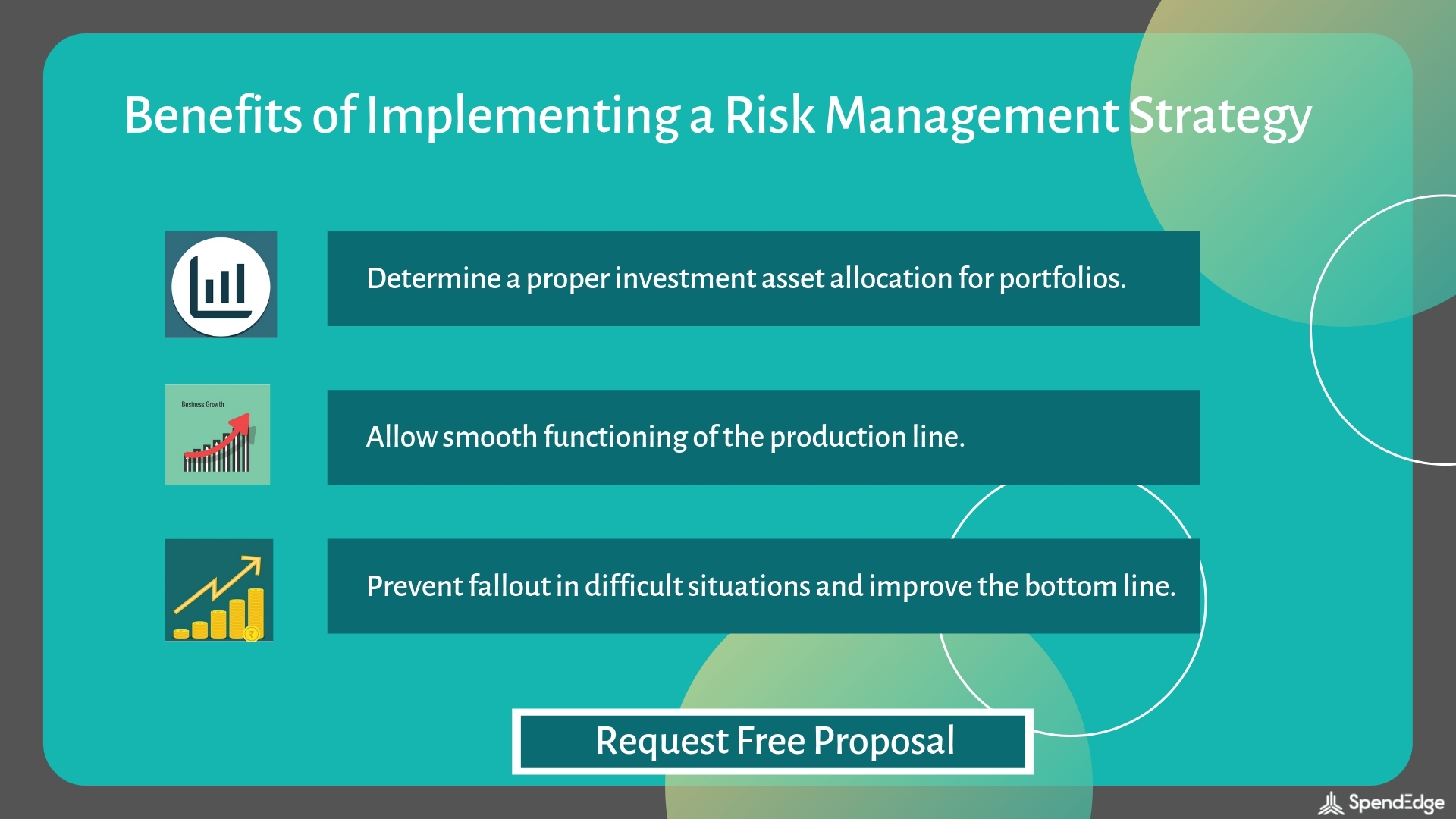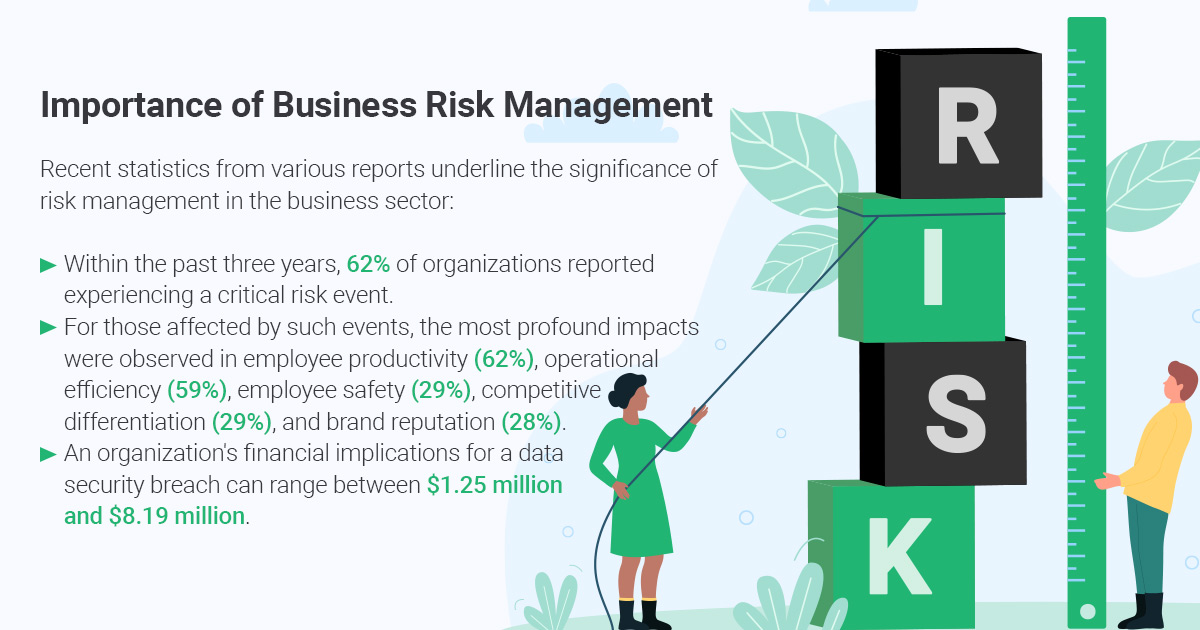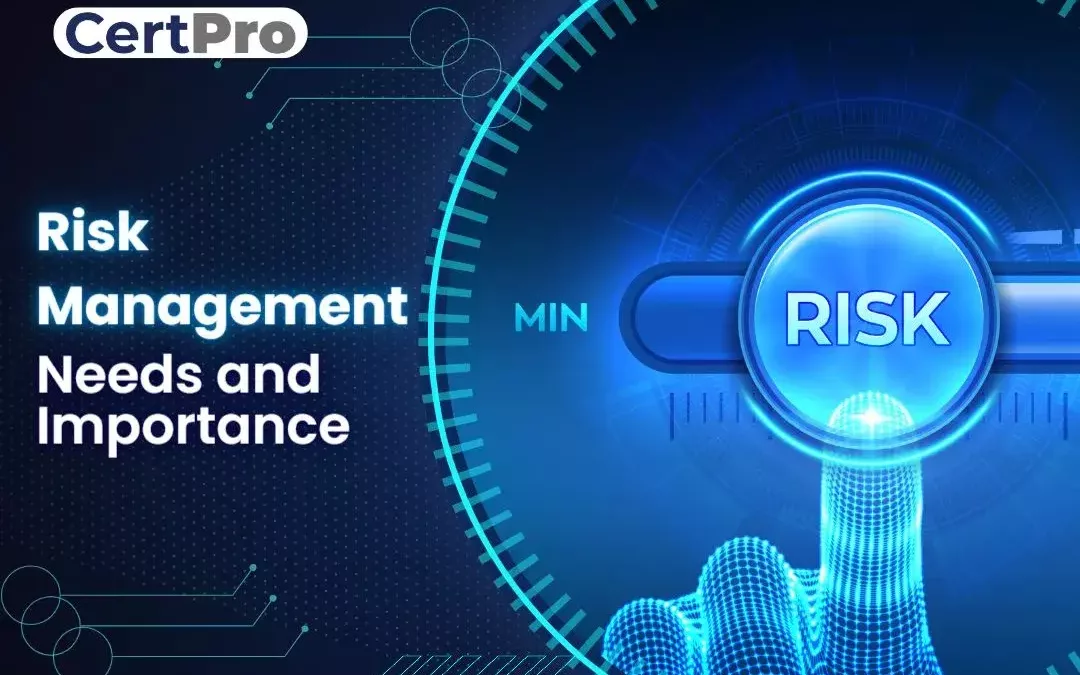The Vital Importance of Risk Management in Protecting Corporate Assets
The Vital Importance of Risk Management in Protecting Corporate Assets
Blog Article
Checking out the Significance of Risk Management for Effective Decision-Making Techniques
In the detailed globe of company, Risk Management becomes a crucial consider the decision-making process. The capacity to identify possible threats and chances, and plan as necessary, can spell the difference between success and failure. With tools such as SWOT and PESTEL, organizations are geared up to make educated choices, cultivating durability and adaptability in an ever-changing setting. Wondering exactly how this functions? Let's unbox the dynamics further.
Recognizing the Principle of Risk Management
Risk Management, an essential part in decision-making, is commonly misconstrued or oversimplified. Risk Management involves regimented and organized techniques, using information and informative analyses. From financial uncertainties, legal obligations, calculated Management mistakes, to accidents and natural disasters, it attends to different dangers - importance of risk management.
The Role of Risk Management in Decision-Making Processes
In the world of tactical planning and company procedures, Risk Management plays an important duty in decision-making processes. It aids in recognizing possible threats and uncertainties that can impact the accomplishment of service goals. By tracing these dangers, companies can formulate strategies to alleviate their effect, guaranteeing company continuity and security. Risk Management therefore comes to be an important device in decision-making, aiding leaders to make enlightened options based on a thorough understanding of the dangers included. It motivates a proactive strategy, enabling companies to prepare and anticipate for feasible future situations. This significantly decreases the chance of unfavorable consequences, promoting a lot more reliable and efficient decision-making approaches. As a result, Risk Management acts as an important part in the decision-making procedures of any kind of organization.

Exactly How Risk Management Improves Strategic Preparation
In the context of critical preparation, Risk Management plays a critical role. Starting with the identification of possible dangers, it additionally reaches the application of Risk reduction steps. The function of Risk Management is dynamic but not fixed, as it demands continuous surveillance and adjusting of methods.
Identifying Prospective Dangers

Carrying Out Risk Mitigation
Risk mitigation strategies can range from Risk evasion, Risk transfer, to risk reduction. Each method must be tailored to the certain Risk, considering its prospective effect and the company's Risk tolerance. Reliable Risk mitigation calls for a deep understanding of the Risk landscape and the possible effect of each Risk.
Surveillance and Changing Strategies
Though Risk mitigation is a crucial step in tactical preparation, constant monitoring and adjustment of these approaches is equally important. This ongoing process enables companies to recognize brand-new threats and reassess existing ones, making certain the executed techniques remain effective in the ever-changing service setting. It additionally provides a possibility to examine the success of the Risk Management measures, allowing modifications to click over here be made where required, further enhancing strategic planning. Reliable tracking and adjustment call for the use of analytics and crucial performance indications (KPIs) to measure efficiency. These devices provide important data-driven understandings that can inform tactical decision-making. Monitoring and readjusting Risk Management methods is a critical element for improving an organization's durability and tactical planning.
Case Researches: Successful Risk Management and Decision-Making
On the planet of organization and money, effective Risk Management and decision-making often function as the columns of thriving business. useful reference One such entity is an international oil firm that alleviated financial loss by hedging versus fluctuating oil prices. In an additional circumstances, a tech start-up flourished by recognizing and accepting high-risk, high-reward techniques in an unstable market. A worldwide financial institution, faced with regulatory unpredictabilities, effectively browsed the circumstance through proactive Risk analysis and vibrant decision-making. These situations highlight the worth of astute Risk Management in decision-making processes. It is not the lack of Risk, however the Management of it, that frequently sets apart successful business from unsuccessful ones. These cases underscore the vital function of Risk Management in strategic decision-making. importance of risk management.
Tools and Techniques for Reliable Risk Management
These devices, such as Risk signs up and heat maps, aid in recognizing and examining potential risks. Risk action strategies, a vital part of Risk Management, include approving, avoiding, transferring, or mitigating threats. With these devices and techniques, decision-makers can browse the complicated landscape of Risk Management, thereby assisting in educated and efficient decision-making.
Future Trends in Risk Management and Decision-Making Approaches
As we explore the large landscape of Risk Management, it comes to be obvious that the devices and techniques utilized today will certainly remain to evolve. Future trends direct in the direction of a raised reliance on technology, with fabricated knowledge and equipment knowing playing significant functions. These modern technologies will make it possible for companies to forecast prospective risks with better accuracy and make more enlightened choices. Additionally, there will certainly be a growing emphasis on resilience, not just in handling dangers but also in recuperating from negative scenarios. The principle of Risk culture, where every member of a company is mindful and entailed in Risk Management, will certainly gain much more importance. These patterns herald a more comprehensive and aggressive method in the direction of Risk Management and decision-making.
Verdict

Risk Management thus ends up being a crucial tool in decision-making, aiding leaders to make enlightened choices based on a thorough understanding of the dangers involved. Risk mitigation techniques can range from Risk avoidance, Risk transfer, to risk decrease (importance of risk management). Reliable Risk mitigation requires a deep understanding of the Risk landscape and the potential effect of each Risk. Risk response techniques, a crucial element of Risk Management, entail approving, preventing, moving, or mitigating risks. The idea of Risk society, where every member of a company is mindful and entailed in Risk Management, will certainly acquire much more importance
Report this page